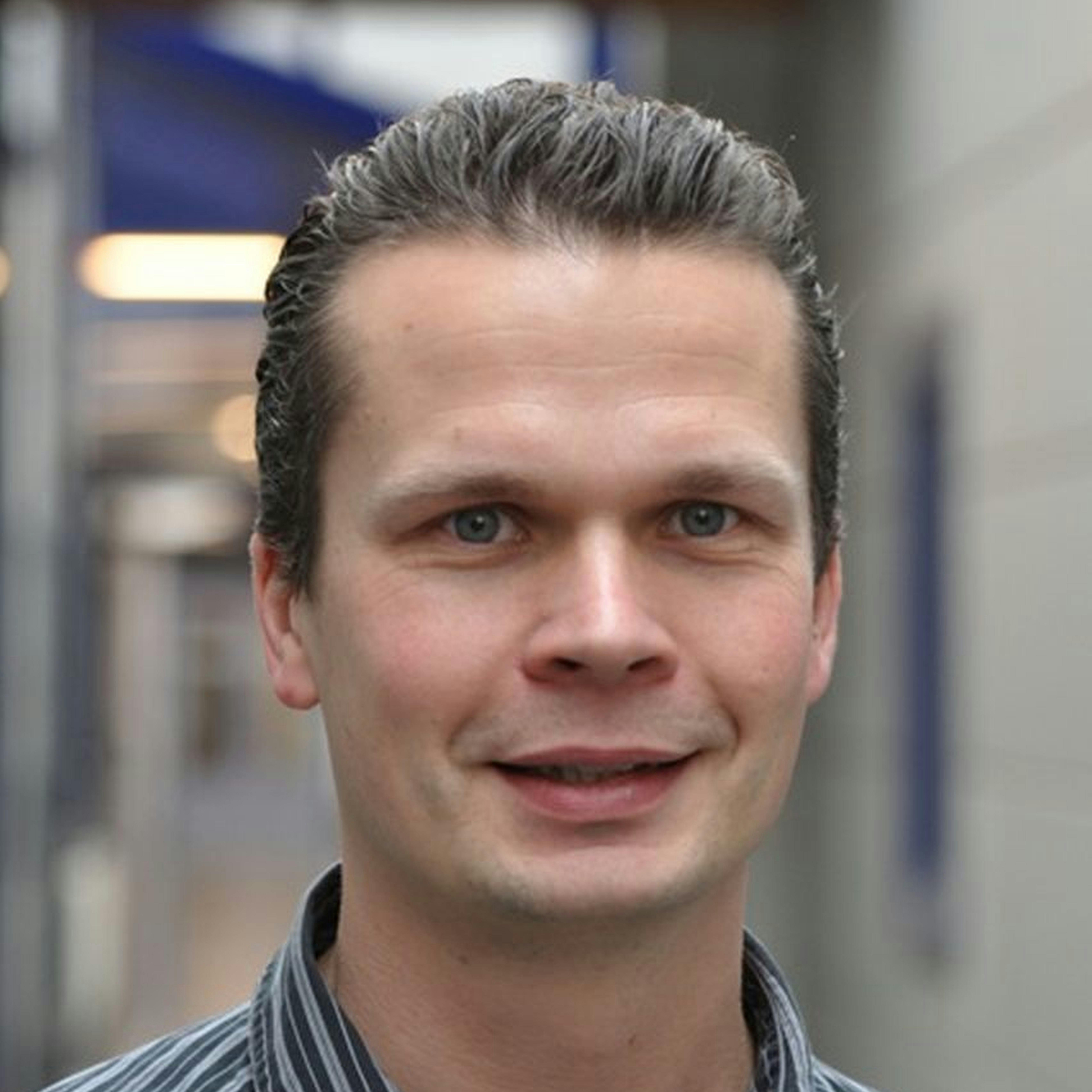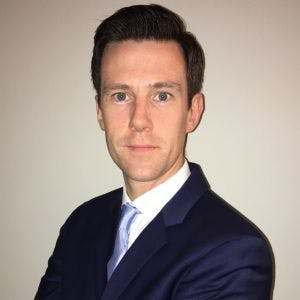Consumers expect modern electronics to provide increased functionality and still endure drops and vibrations. Although cooling and thermal problems constitute a significant source of electronics failure, vibration fatigue accounts for 22% of electronic equipment failures (according to BCC research).
How do you ensure that, when designing for robust product performance, the sensitive electronics inside your product survive regular use, or as we call it, operational vibrations? How do you virtually validate the optimization of your designs before production, increase quality and predict a more efficient and faster development process?
Watch this webinar to learn how to combine simulation and test to increase simulation fidelity, shorten development time and cost and pass verification with your first final prototype.
How to acquire real-life shock and vibration testing as inputs to simulation or an accelerated shaker test
Performing real-life shock and vibrations testing for inputs to simulation is helpful. Which events and how often do they occur in the device or product lifetime. You can measure vibration scenarios using sensors and gather data to use as inputs for simulation or shaker tests.
Accelerate innovation by predicting structural performance of shock and vibration testing early in electronics design
Assure the structural integrity of electronics components and systems at an early stage in the development lifecycle via combined insights of test and simulation. Test and simulation engineers should work collaboratively throughout the development process.
Reduce re-spins and time-to-market with electronics vibration testing and simulation software
Lacking thorough simulation and test can result in more costly re-spins and significantly delayed time to market. Siloed ECAD and MCAD disciplines hamper product development processes. Advanced simulation capabilities are no longer enough. To improve time-to-market and reduce respins for products, companies need to enhance connectivity from authoring systems to simulation and ultimately physical testing, enabling a complete digital thread.
Design robust electronics products with great drop test performance by using simulation and testing software
Simulation and testing software can thoroughly investigate drop and vibration-induced stresses in electronics. Simulation and testing software gives confidence before fabrication that designs will be robust enough for the intended application and that products will not fail prematurely.
講演者の紹介

Frank Demesmaeker
機械業界担当事業開発マネージャー
Frankは、1994年にルーベン・カトリック大学 (ベルギー) で土木技術者の資格を得て卒業した後、LMS International (現シーメンス) に入社し、ベネルクス諸国のお客様の技術サポートを担当しました。長年にわたり世界中のお客様とかかわるなかで、騒音・振動問題に関する実践的な経験と知識を技術、商業、マーケティング領域で積み上げてきました。現在は、エネルギー、医療、コンシューマー製品、造船、教育機関、各種産業機械など、多くの市場でテスト・アプリケーションを普及させ、調整する支援をしています。

オリバー・タヘニー
Simcenter 3D事業開発マネージャー
オリバーは、機械チームでエレクトロニクス、ターボ機械、医療業界を担当するSimcenter 3D事業開発マネージャーです。2022年に事業開発チームに加わる前は、STSポートフォリオ開発エグゼクティブとして2017年からシーメンスで勤務しています。ガスタービン業界と電気通信業界の熱管理分野で10年近くの経験を積んでいます。アイルランドのリムリック大学で機械工学の博士号を取得しています。
